From Tiny Forests mighty things grow
Oxford’s first Tiny Forests arrived in January, and one is located adjacent to Dunstan Park off Foxwell Drive in the northwest of Headington, next door to Northway

The creation of low-traffic neighbourhoods across Headington will open up safe access for walkers and cyclists to visit and enjoy parks and green areas in the district. One of the less well-known parks is Dunstan Park, marking the boundary of the Old Headington Conservation Area with Northway.
In January, a Tiny Forest – an initiative developed by Earthwatch Europe using a technique developed by the Japanese botanist Akira Miyawaki – was planted in collaboration with Oxford City Council on the corner of Foxwell Drive, to the north of the Park.
The Northway estate was built in the 1950s on farmland on the north side of Headington. Dunstan Park is a remnant of this land (2.3 Ha) that has been kept for walking and recreational use on the edge of the estate, forming part of Headington’s ‘green belt’ between the ring road and the village.
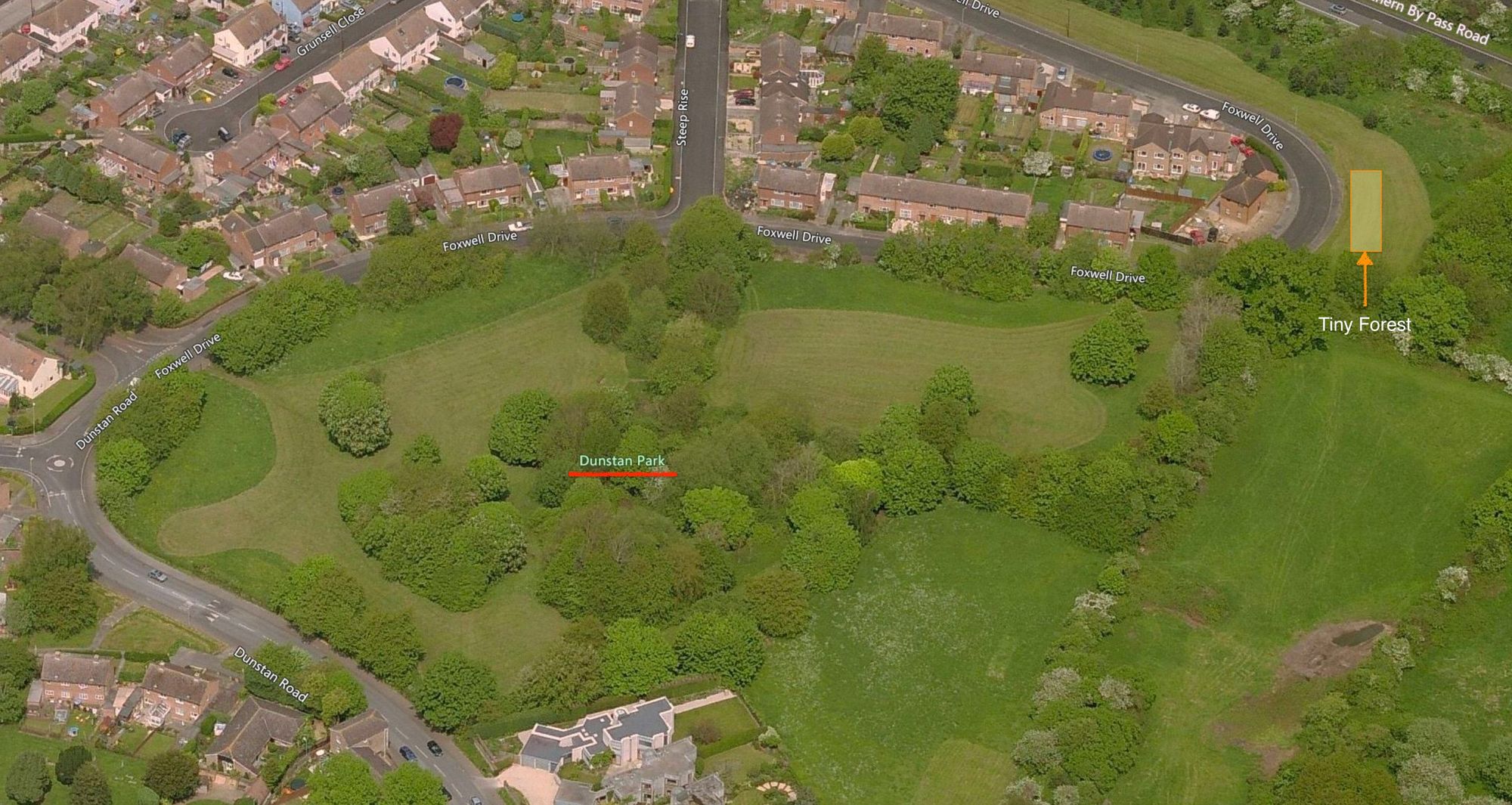
According to Oxford ecologist Judith Webb, Dunstan Park is a site with significant and unusual biodiversity: “The centre of the site has a peaty area of old spring-fed mini alkaline fen supplied by a tufa depositing spring from the Headington Limestone aquifer.”
A Tiny Forest is a dense native woodland that helps mitigate the effects of climate change, support urban wildlife, and reconnect people with nature.
The site provides a habitat for invertebrates including the southern yellow splinter cranefly (Lipsothrix nervosa), a species listed under the UK Biodiversity Action Plan. A detailed Habitat Survey Report by the Thames Valley Environmental Records Centre (TVERC) is available to download here, and more information on the Park’s habitat can also be found on Judy Webb’s web page.
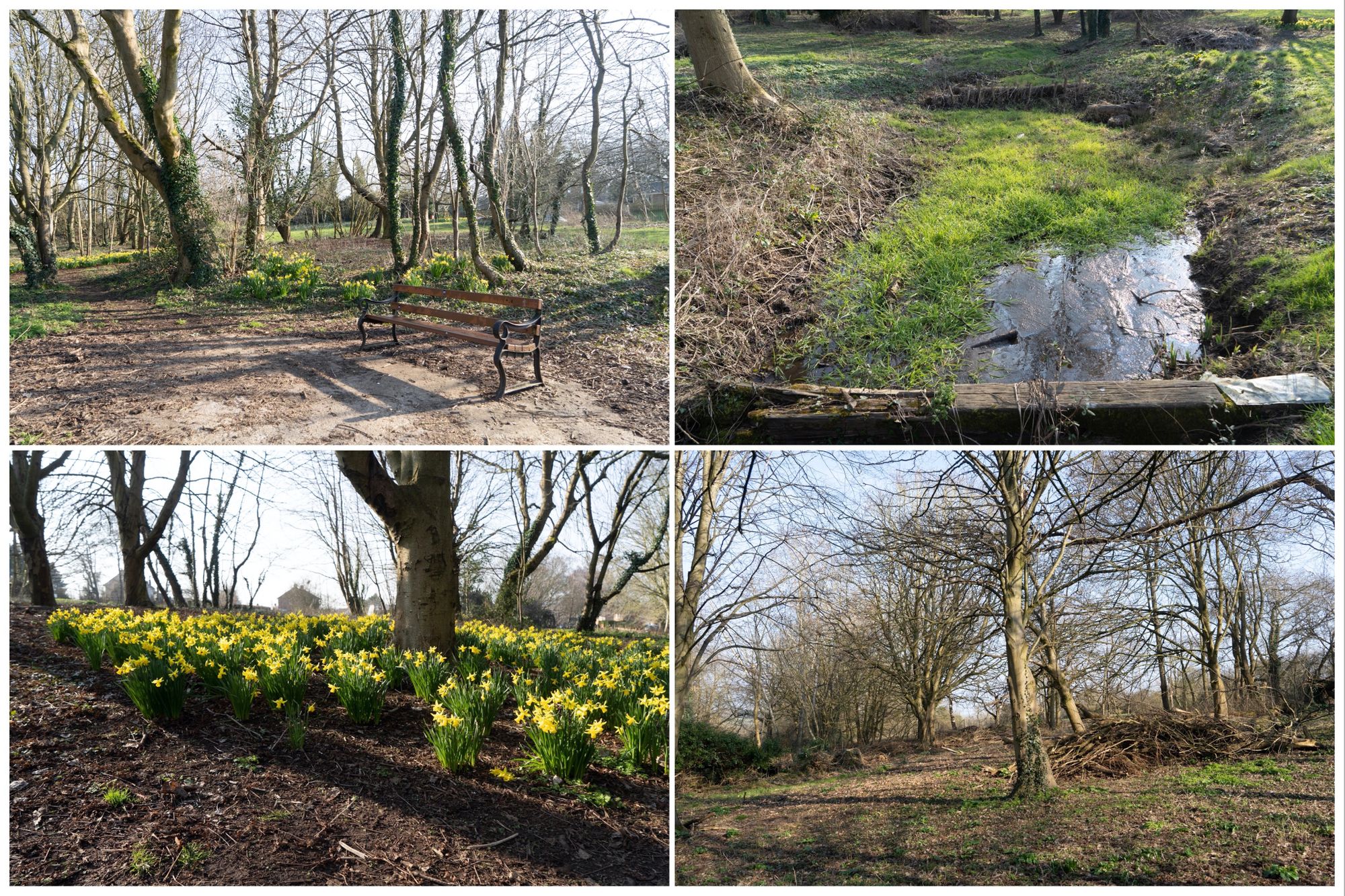
The Tiny Forest at Foxwell Drive can be accessed by returning to the road and walking north and then east along Foxwell Drive to the end of the estate, or by walking across the footbridge over the stream in the Park to the open field and over to the exit on the north side, which can be muddy in poor weather.
A Tiny Forest is a dense native woodland that helps mitigate the effects of climate change, support urban wildlife, and reconnect people with nature. Up to 600 trees from 20 different species are planted in an area the size of a tennis court.
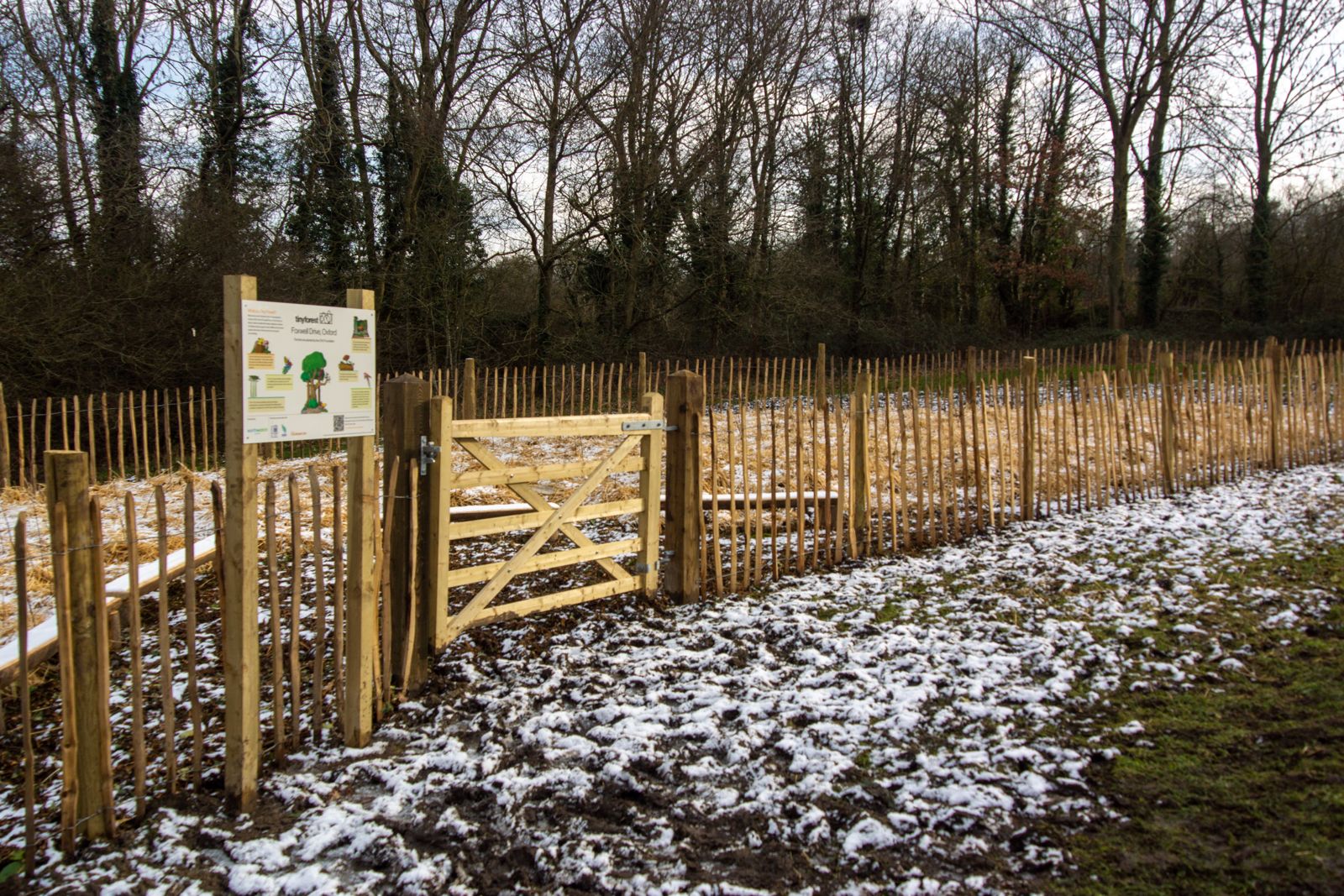
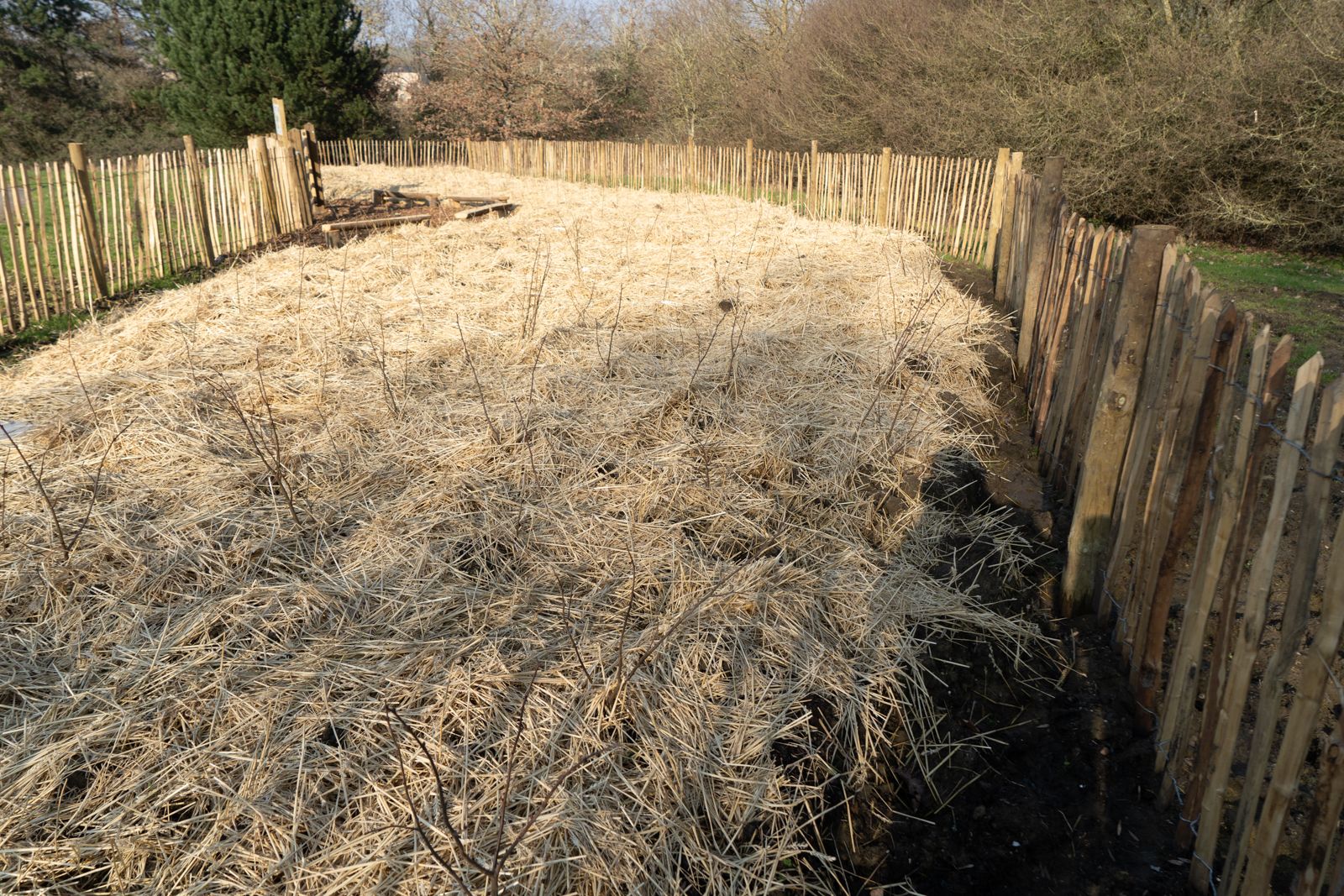
Trees retain water, increase local water storage, provide thermal comfort, and take up carbon dioxide.
The Tiny Forest will be maintained by volunteers from the community alongside an Oxford City Council volunteer coordinator. For the first two years, they are responsible for watering, weeding, and scientific monitoring.
Earthwatch will provide training and resources for the schools’ teachers to educate children in these outdoor classrooms, breaking down the boundaries of typical classroom-based learning.
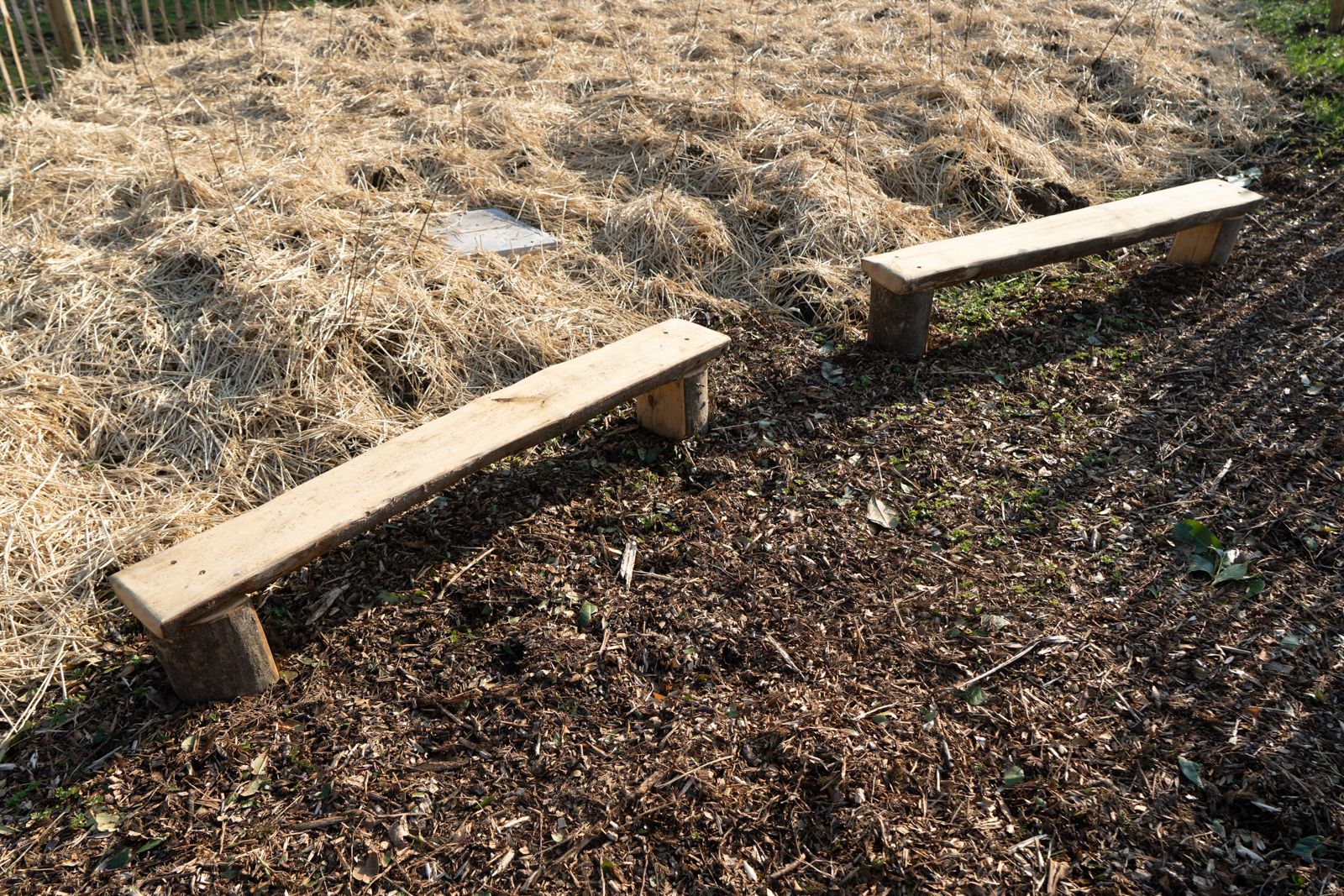
Earthwatch and Oxford City Council are looking for volunteers to help look after the Tiny Forest and to maintain the special habitat in Dunstan Park. Does this sound like something you’d enjoy getting involved in?
If so, Earthwatch would be very pleased to hear from you.
More information is available from Oxford City Council.
Photos: Howard Stanbury
